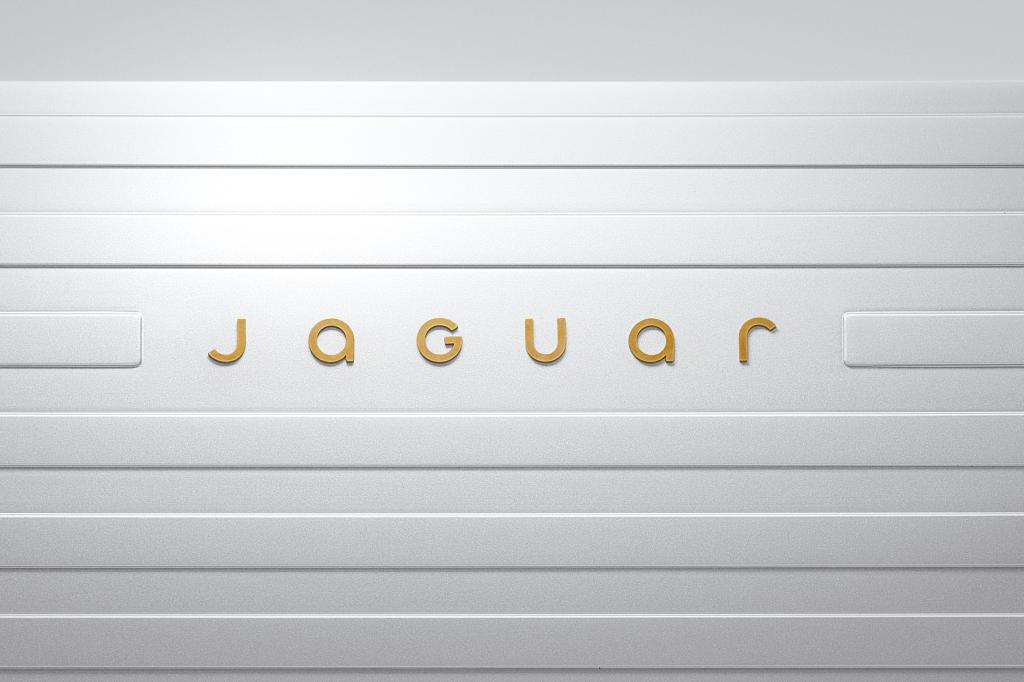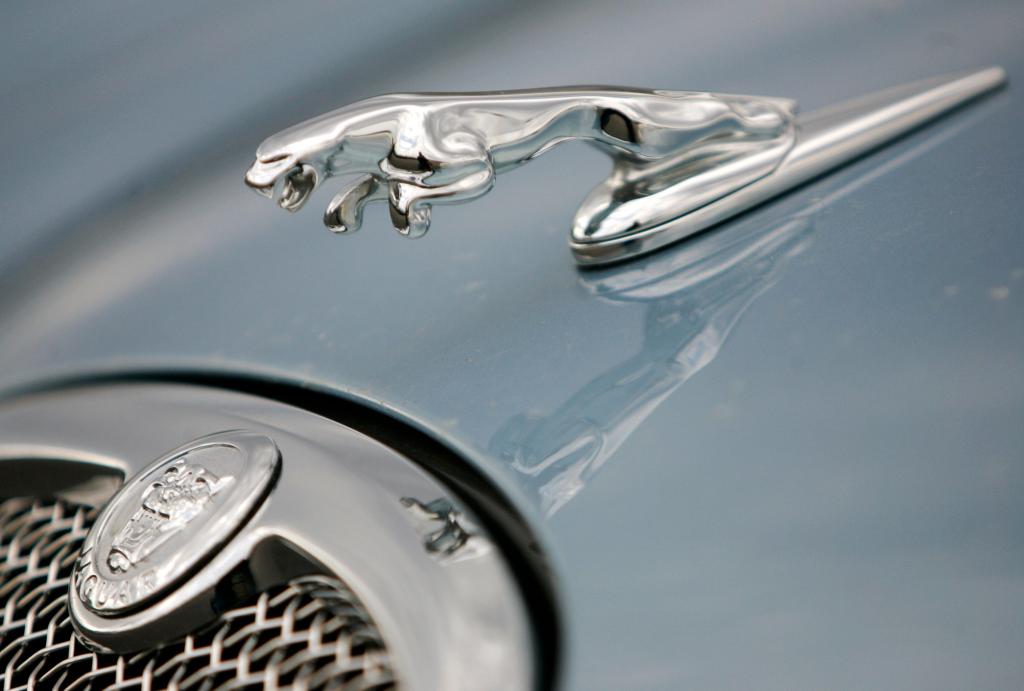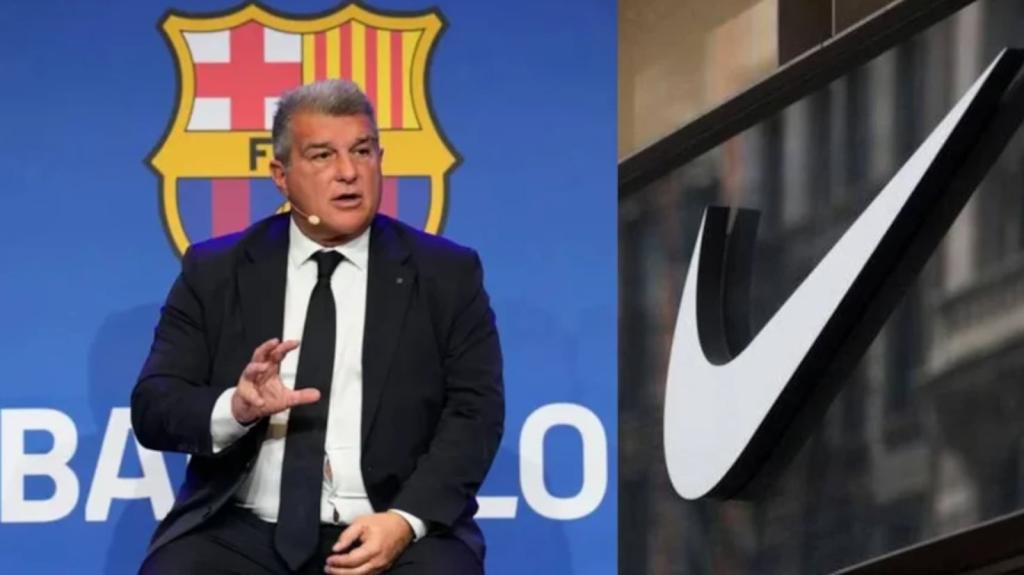Jaguar's Bold Rebranding Journey Towards Electric Excellence
Explore Jaguar's bold rebranding as it transitions to electric vehicles, blending heritage with modern marketing amidst mixed reactions and high stakes.

Key Points
- Jaguar's rebranding emphasizes "exuberant modernism" while seeking to resonate with a contemporary audience as it transitions to an all-electric lineup.
- The promotional campaign has sparked mixed reactions, notably criticism for lacking a focus on actual vehicles, which raises questions about brand identity.
- Successfully balancing its rich heritage with modern branding and engagement strategies will be crucial for Jaguar's future relevance in the automotive market.
Jaguar, the illustrious British luxury car brand, has recently embarked on a significant rebranding journey in a bid to revitalize its image and resonate with modern consumers. As Jaguar prepares to launch its all-electric vehicle lineup by 2026, the company is faced with the dual challenge of maintaining its prestigious heritage while embracing the future. This transition has been met with a polarized response, particularly due to a recently released promotional video that has left many curious, and others critical.

Shifting Focus: From Traditional Luxury to Exuberant Modernism
In the promotional video aimed at showcasing its new identity, Jaguar opted for a striking aesthetic featuring models clad in brightly colored, androgynous outfits set against surreal landscapes. The tagline, “Copy Nothing”, seeks to convey a bold message, distancing the brand from traditional automotive advertising which typically emphasizes the vehicles themselves. Instead, Jaguar is promoting a philosophy of “exuberant modernism”, a concept touted by the company as a new creative direction.
However, the execution of this marketing strategy has received mixed reviews. Critics, including Tesla's
, have queried the absence of cars in the ad itself, highlighting a disconnect between Jaguar's branding efforts and its actual product offerings. With Musk's tongue-in-cheek inquiry—“Do you sell cars?”—garnering rampant engagement on social media, it’s clear that the brand's message may not have hit the mark.
Understanding Criticism: Why the Backlash?
The backlash against Jaguar’s approach underscores a broader discussion about brand identity in the EV era. Marketing experts, like Charles Taylor from
, suggest that while evolution is necessary, "it’s crucial for Jaguar to remain rooted in its heritage as an elegant British high-performance sports car brand". Many industry observers argue that Jaguar's decision to pivot sharply away from its established identity risks alienating its core customer base. They contend that there was a missed opportunity to celebrate the brand's illustrious legacy while transitioning to electric vehicles.

Learning from the Past: Successful Brand Transformations
To foster a successful rebranding, especially in the automotive industry, companies must often look to historical precedents. Brands like Ford and
have successfully modernized their identities while maintaining an emotional connection with their audience. For instance, Ford’s branding reflects its rich history while embracing innovation in electric mobility with models like the all-electric
. Jaguar could find success by harmoniously blending its historical roots with contemporary values and technology.
Indeed, as Jaguar aims to reestablish itself in a rapidly changing market, it may consider launching initiatives that invite customer interaction, such as test events where enthusiasts can experience the new models while engaging with the brand's heritage. This approach not only generates excitement but also builds a narrative around the new electric lineup as being worthy heirs to the Jaguar legacy.
Navigating Change with Purpose
Jaguar must navigate these uncharted waters with a well-thought-out strategy that prioritizes customer engagement and clear communication. As the company faces mounting pressure to deliver products that align with its claims of innovation and modernism, leadership acknowledges the gravity of this endeavor. Jaguar managing director Rawdon Glover has expressed that “to bring back such a globally renowned brand, we had to be fearless”. This statement reflects a commitment to transformation but also an understanding that meaningful change will require more than just aesthetic shifts—it demands substance and authenticity in product offerings.
The launch of Jaguar's all-electric vehicle lineup represents not just a change in product but a pivotal moment in redefining the brand. While the rebranding initiatives evoke mixed feelings across social platforms, it’s the upcoming product reveal that will ultimately determine if this new direction resonates with consumers. Jaguar has a rich legacy—it’s essential for the brand to key into this heritage as it moves forward.
In summary, Jaguar's ambitious rebranding effort illustrates the challenges and opportunities presented in the transition to electric mobility. As the company endeavors to shake off the dust of its past while looking toward a dynamic and tech-savvy future, the balance it strikes between its heritage and contemporary branding will be crucial in engaging both loyal customers and new audiences. With strategic refinement and a focus on product quality, Jaguar can indeed create a strong renewed identity that honors the past while fully embracing the future.

